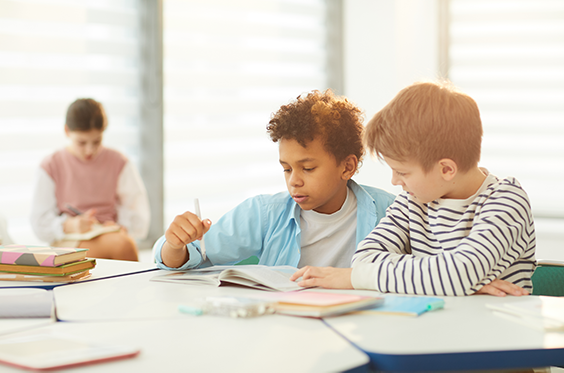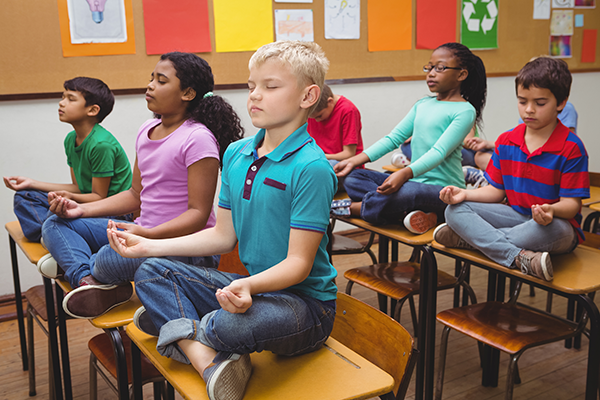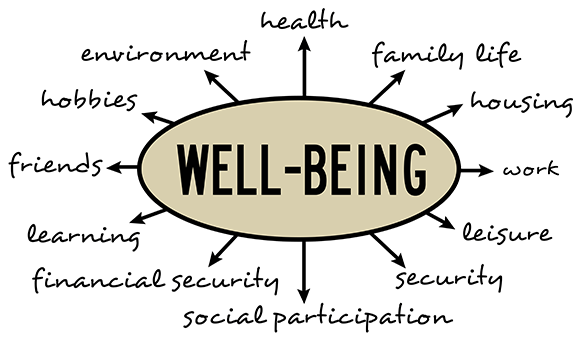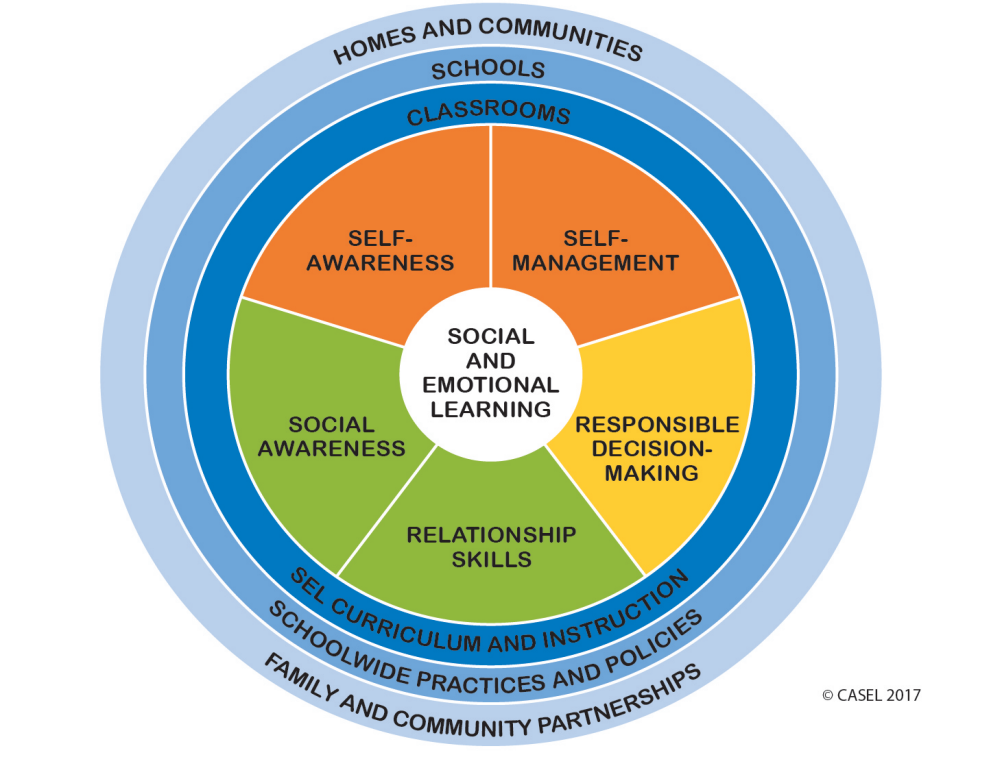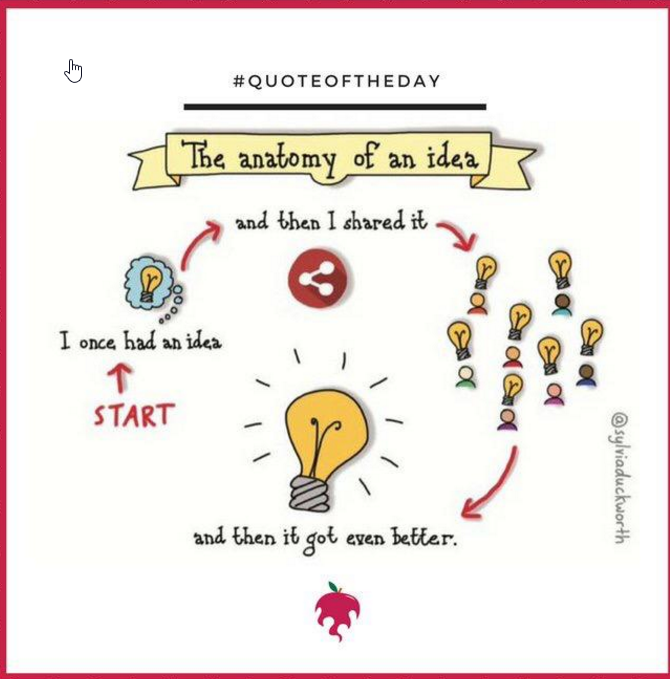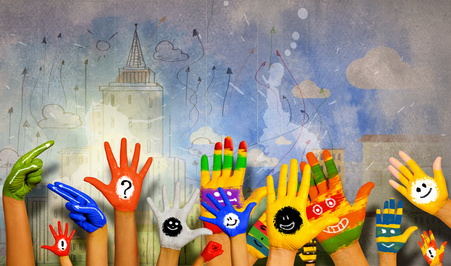Learning Redefined
Robert Gardner of Harvard has written extensively about multiple intelligences, a theory he developed in 1983. There is not just one way to be smart. There are many. The same might be said about learning. Is there one best way, or multiple ways? How is it that we define and measure it? The answers to those questions profoundly affect how we approach teaching and learning.
In what has been called The Second Machine Age, innovation has exploded exponentially. Globalization has continued to proliferate, and the world has become flatter. Robots do more and more of the work we once did. Big data has dramatically increased in its scope and dominance while privacy has been marginalized. As a result, the calculus of how we create, manufacture and implement has evolved. We find ourselves at a crossroads between technology and our humanity.
The modern classroom has become ground-zero for many of these changes. Before children ever even think of entering the work force, they enter our schools. Our teachers have been tasked with making sense of it all while managing the daily life of classroom activity. It is somewhat like the challenge of building an airplane while flying in it. Yet teachers persevere.
The students, of course, are the native inhabitants of the present. The future they face is partly the result of what we continually create for them in the classroom. Pedagogy has now become a proxy for social policy as we write the script for tomorrow.
We need the right questions
Pablo Picasso once said, “Computers are useless. They can only give you answers.” He had an unusual way to looking at the world. He inspired “Cubism,” an art movement that put a premium on subjective expression. He could portray the horror of war in Guernica or the tender bond between Mother and Child. Both paintings (shown below) might be asking deep questions that start with “Why?” Why is there war? How strong is the bond between mother and child? Why is it that both can live side by side in the same world?
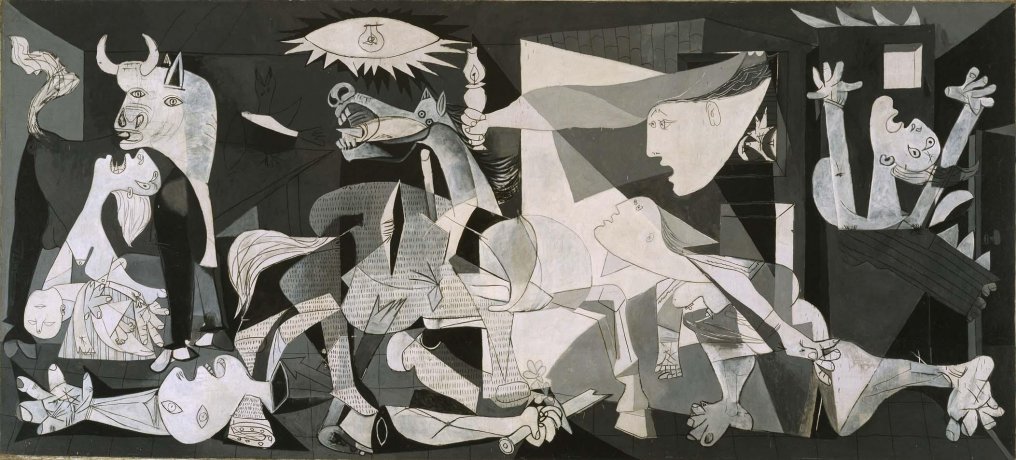
Guernica by Pablo Picasso (1937)

Mother and Child by Pablo Picasso (1921)
Learning is not just finding the answer. It is essential for students to learn how to ask and for teachers to learn how to guide them. Inquiry is both a skill-set and a mind-set. That often means that we challenge conventional wisdom. One of the goals of Common Core State Standards (CCSS), now adopted by 46 states, is to shift thinking. KQED’s Mind/Shift also provides a scaffold of ideas and research for transforming our thinking about learning.
Just what can machines teach us?
David Brooks wrote a fascinating article in the N. Y. Times, What Machines Can’t Do. He cites the changes in technology that appear to be propelling us into massive societal change – whether we want it or not. Yet he transforms that analysis into the often unasked question: What is it that we humans can do that machines cannot? The answers to the question yield significant consequences for educational practice.
What humans can do is pose questions. Perhaps the act of inquiry and choice is a necessary expression of our humanity. It was Socrates who once said, “The unexamined life is not worth living.” If we adapt that reasoning to the modern classroom, then we might derive these corollaries:
- To know without doing is not understanding.
- Higher order thinking without the “higher” is just a “lot” of lower order thinking.
- To become a lifelong learner requires personal responsibility and internal motivation.
- To pose relevant questions can be taught and learned.
- There is no such thing as a foregone conclusion.
- True inquiry must always admit to more than one right answer.
 |
To think is to be.
It is the foundation of all knowledge. It is a paraphrase of what Descartes concluded when he said, “Cogito ergo sum.” It literally means, “I think. Therefore, I am.”
|
|
Learning by Inquiry: What is it to be human?
Let’s postulate for a minute that modern education should be driven by inquiry. We might additionally posit that “projects” are one of the most efficient methods for integrating raw knowledge into true understanding. We could then pose a series of “essential” or “driving” questions built around a scaffold of core questions relevant to a particular discipline. The questions could be a substitute for the traditional textbook “units.” We might then ask the essential question: “What is it to be human?”
An “essential question” is the foundation for a project-based learning (PBL) unit. It is important to understand that PBL has a great deal of specific content. Questions help organize the mind, and information that is unorganized quickly flees its home in “working memory” into the vast wasteland of something once memorized for a test. Inquiry based learning integrates perfectly into Common Core State Standards. (To learn more about PBL, visit Edutopia and Buck Institute.)
Let’s assume that we wanted to be somewhat practical in terms of adapting K-12 education to our changing world. Technology and the rise of digital materials are clearly impacting the modern classroom. The Second Machine Age (2014) by Erik Brynjolfsson and Andrew McAfee of MIT delivers an intriguing hypothesis regarding this digital revolution. If the first machine age (that is, the “industrial revolution”) began with the steam engine, then the second machine age has begun with the computer, cheap digital goods and globalization. We are at the cusp or “inflection point” – a period of exponential change – in our economy and society.
Implications for education
1. Implications for learning
It is clear that that the digital revolution has reached the classroom. One of the historical trends that The Second Machine Age describes is that of “lag.” After any new technology – whether electricity or computers – we have a period of time during which new “complements” or processes get developed. In this case, teachers have LCD projectors, students have tablets, and the schools have the Internet, digital textbooks and learning management systems. Learning is becoming more individually differentiated simply because it can become more differentiated.
Secondly, higher-order thinking (including the ability to innovate or be creative) have taken on increased importance. Project-inquiry and problem-solving are part of the trend. Because of the shift to analysis and inquiry – and the requirement that students defend their reasoning (cite from text or orally explain logic and connections) – students are often reaching different conclusions. That is because they often begin with different open-ended questions. This is the world of multiple right answers.
The increased use of collaboration by students has helped create a more “divergent thinking” model of teaching and learning. Believe it or not, the introduction of Common Core State Standards has provided a superior scaffold for inquiry and divergence because it focuses on standards rather than prescribing how things should be taught. As students collaborate, they share perspectives and broaden their own horizons. With modern technology it is even possible to easily collaborate across broad geographic boundaries. Indeed, collaboration and globalization is the current economic trend.
2. Implications for teaching
Schools now have the Internet, digital textbooks and learning management systems. They and their students increasingly store documents, resources and student work in the “cloud.” As personalized learning becomes more of a de facto reality, teachers have to shift to using technology as a matter of survival. Educational technology provides a set of tools necessary to master large amounts of content in their disciplines. It also allows teachers to manage learning, assignments and assessment in a way that was inconceivable before the current revolution
Having been in education for more than 25 years, my experience is that teachers deeply care about the children and adolescents in their class. If they don’t, then they generally find themselves in a different profession. However, it creates a dilemma when they see many children struggle. They can be caught between being a social worker and an instructor; between the art and science of pedagogy. Humanity meets policy in the classroom.
3. The implications for standardization and assessment
Taken together, the insights of Descartes (“I think, therefore I am”) and Picasso (“computers … can only give you answers”) offer a philosophical foundation of inquiry-based learning. To question is an essential expression of our humanity. What does it mean to be educated?
How we answer it has profound implications for our schools. It is important to note that a case of cognitive dissonance occurs. The question, “What should schools teach?” does not always correspond to the previous one, “What does it means to be educated?” Therefore, we need to ask, “Why not?”
The answer may partially lie in the convoluted and complex relationship between various stakeholders in K-12 education: teachers, parents and students as well as government and community. The incredibly passionate battle over Common Core State Standards (CCSS) may provide a living case history in the making. 45 states have adopted CCSS, and the battles in those states are far from over. It is partly a battle over the role of assessment. Some refer to it as the runaway dominance of testing in controlling what happens in the classroom.
Former Assistant Secretary of Education Diane Ravitch railed against the over-emphasis on testing in Death and Life of the Great American School System (2010). (Check out her current blog about the difficulties in the New York rollout of CCSS.) The newest assessments for CCSS are computerized. That then spirals back to the questions: What will be the role of machines in our education? Where do we humans and our penchant for creativity fit in? Does everything need to be standardized?
Bill and Melinda Gates take the view of many in the business community about Common Core. That is, as a country we need to get our students ready to compete on the world stage. They say there are three myths that confuse the debate over America’s schools. Here they are:
- Myth 1: parents haven’t been involved.
- Myth 2: students need to take even more high stakes tests.
- Myth 3: Common Core will limit teachers’ creativity and flexibility.
At the risk of having the reader believe the myths are facts, you may want to read the article. What is the final answer? Well, it depends on your question.
Do we belong to the whole?
American education has stood apart from society as a separate institution, often insulated from the outside world. Forces such as politics, the economy and “progress” have crashed at the sea walls of the schools, ebbing and flowing like tidal changes. Institutional change in school has lagged, but it has been steadily growing. The new machine age – our technological and economic revolution – is inevitably sweeping us all into its metaphoric bosom.
There is an implied “social contract” between educational institutions and society. The youth of today are tomorrow’s adults, business leaders, scientists and politicians. They are the fabric that will bind us. Yes, we belong to the whole. Like every generation before us, we need to do cherish what makes us unique. How we educate our youth today will define how humanity manifests itself tomorrow.

